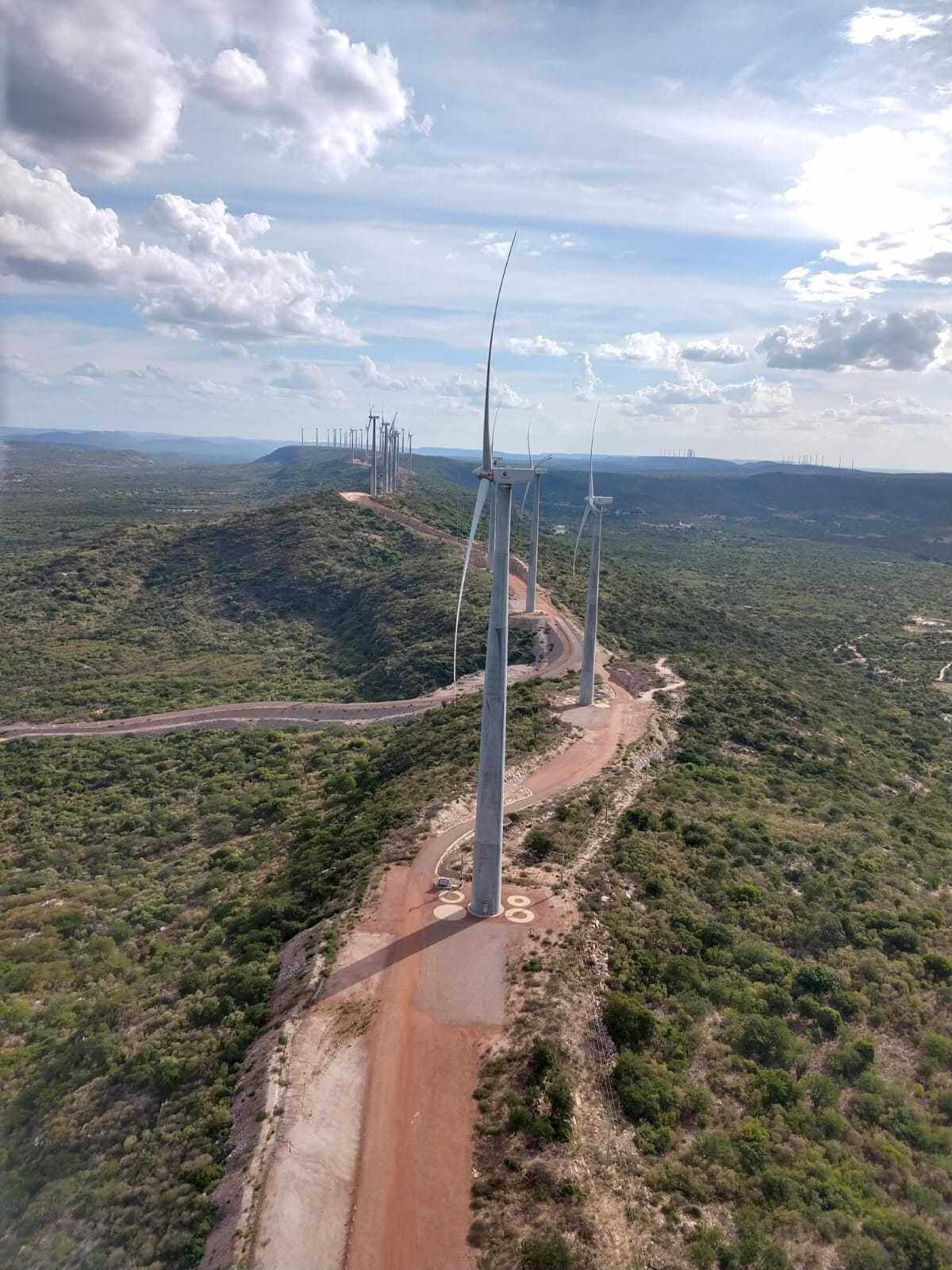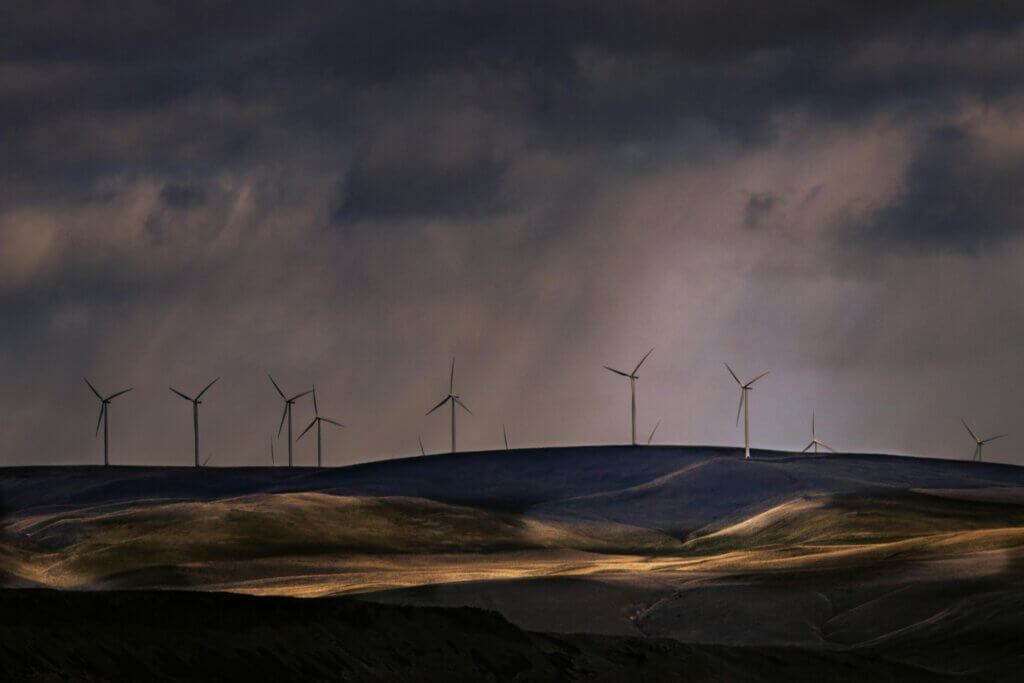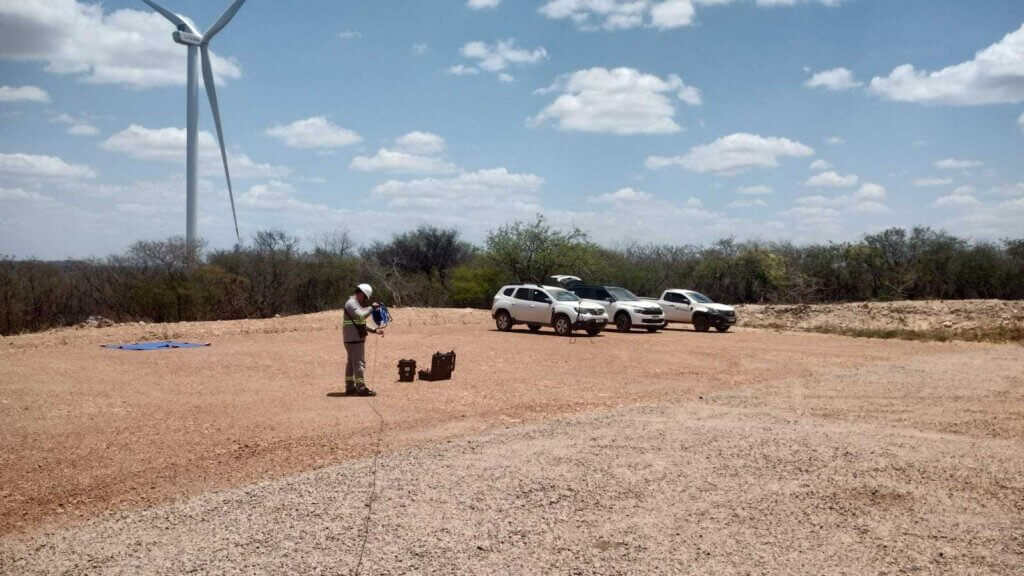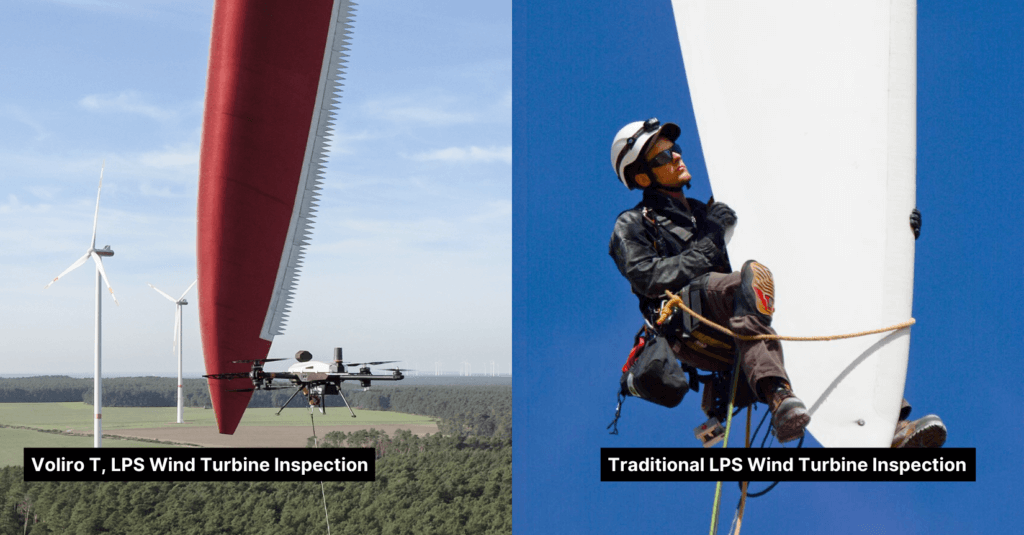
AssetTech, a Brazilian-based leader in high-tech inspection solutions for wind turbines, has successfully implemented the Voliro T drone to streamline Lightning Protection System (LPS) inspections in the country’s rapidly growing wind energy sector. By leveraging Voliro’s advanced drone technology, AssetTech significantly reduced inspection times, enhanced worker safety, and minimized operational costs. This case study highlights how the integration of drone-based inspections has transformed wind turbine maintenance, setting new benchmarks for efficiency and sustainability.
50% Cost Reduction: Lowered inspection expenses from approximately $1,000 per turbine to $500 per turbine.
5x Faster Inspections: Reduced from one day to just 30 minutes per turbine.
95% Reduction in Downtime: Keeping turbines operational for an additional 7.5 hours ensuring greater energy output and reduced financial losses.

The structural integrity of wind turbines is critical to their performance and longevity, particularly in regions like Brazil, where coastal storms and frequent lightning strikes pose substantial risks. AssetTech focuses on inspecting WGT blades, which are their core business. The company has inspected around 150 wind turbines (GWT) from GE and Nordex Acciona fabricants to date.


Lightning Protection System (LPS) inspections are conducted every three months to safeguard wind turbine blades from lightning damage, ensuring long-term operational efficiency. A well-maintained LPS is critical for preventing costly failures, adhering to IEC 61400-24 regulations, and maximizing asset longevity.
Traditionally, LPS inspections have been labor-intensive, time-consuming, and highly dependent on weather conditions, requiring professional climbers to descend turbine blades manually. However, advancements in drone technology now offer a safer, faster, and more efficient alternative. Below is a comparison of the conventional rope-access method versus the cutting-edge Voliro T drone inspection process.

By embracing drone-based inspections, wind farm operators can enhance safety, improve efficiency, and dramatically reduce downtime while maintaining regulatory compliance.
As Brazil’s wind energy sector continues to expand, drone-enabled inspections will play a pivotal role in maintaining industry standards while optimizing performance and sustainability. By integrating Voliro T drone technology, AssetTech has reinforced its position as an industry leader in renewable energy inspections.